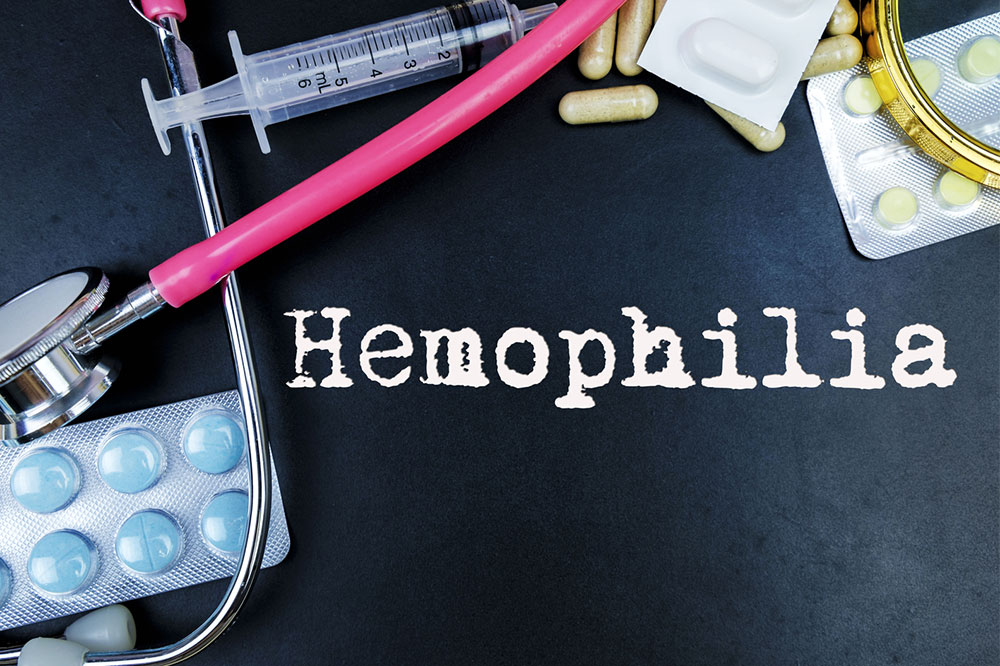
Severity Levels and Early Signs of Hemophilia
Hemophilia is a rare genetic disorder that causes the deficiency of blood clotting proteins called clotting factors. It triggers excessive bleeding, both externally and internally. The early warning signs of hemophilia depend on the severity of the condition. The most common symptoms of hemophilia are excessive bleeding from wounds and cuts, deep bruises, swelling or tightness in the joints, unexplainable nosebleeds, unexplainable irritability in infants, and unusual bleeding after injections or vaccinations.
Let’s look at the symptoms that manifest in the different levels of severity of this condition:
1. Mild hemophilia
Usually, people with mild hemophilia do not experience any symptoms. That said, if they injure themselves or undergo surgery, they face a higher risk of experiencing excessive bleeding than others who do not have the condition. Women with this bleeding disorder may experience excessive bleeding during childbirth or during their menstrual cycles, and children born with this condition may not notice any symptoms until adulthood.
2. Moderate hemophilia
People with a moderate deficiency of the clotting factor or moderate hemophilia bruise easily and experience excessive or profuse bleeding when bruised. They also experience spontaneous bleeding and unexplainable nosebleeds. Another early warning sign of moderate hemophilia is that patients notice an unusual amount of blood when getting an injection. They may also experience internal bleeding, especially moderate bleeding in the joints. This could lead to joint pain or irritation. The commonly affected joints include the ankles, elbows, knees, and hips. If joint bleeds are not treated immediately, they could lead to swelling, severe pain, and stiffness. Children with moderate hemophilia may also experience easy bruising and bleeding.
3. Severe hemophilia
People with severe hemophilia tend to experience symptoms similar to those of moderate hemophilia. However, the intensity of pain and discomfort and the frequency and intensity of bleeding episodes increase as the condition intensifies. People may experience spontaneous, frequent, and unexplainable bleeding from their nose, joints, muscles, and gums. Leaving the condition untreated can cause severe complications like internal bleeding, soft tissue bleeding, or joint deformities. Children with severe hemophilia may also experience spontaneous bleeding.
4. Brain hemorrhage – A severe hemophilia complication
Sometimes, a bump or a minor hit on the head can cause people with severe hemophilia to experience bleeding into the brain. Although this is rare, it is a possible complication that can turn extremely severe. The occurrence of such a medical issue is a serious emergency and must be treated immediately. The signs of a brain hemorrhage include prolonged headaches, weakness, lethargy, double vision, paralysis, loss of coordination, and vomiting.
If one experiences any of the above-mentioned early warning signs of hemophilia, they should immediately contact a doctor to rule out hemophilia as a cause or begin treatment for the condition.


